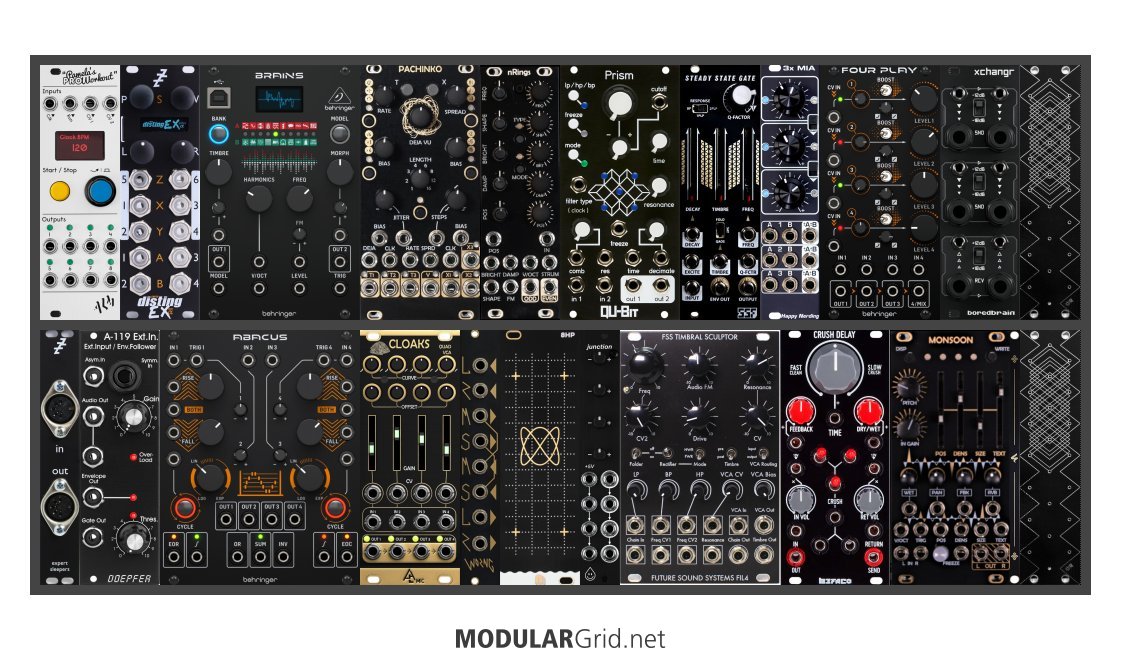you are trying to do too much in too small a case...
polyphony is extremely expensive in modular, as each voice requires at least one vco and each vco requires at least one vca, a vcf and an envelope generator and thats before we start on modulation - and quite possibly each of the vcos requires a simple mixer to mix waveforms - and that is just for the simplest, most boring subtractive synth voice... and then you need a mixer to mix the voices together... and whilst jumbe henge is great for placing voices in a stereo field and overall volume, you still need a way of balancing the volume of individual voices... I see you have quadratt, but you'll need attenuators/attenuverters for modulation too!!!
voice leading requires at least one sequencer channel per voice - unless you only want to be able to play in unison or in fixed intervals
you have a quad quantizer, but no melodic sequencer to feed it - so how are you intending to sequence the voices in your rack? if the answer is I don't know, but I'd like to control the notes - then get a sequencer that's big enough to control those voices - something like a erica black sequencer, or the new hermod+, both of which include quantisers, as do almost all sequencers in the "battleship sequencer" category
this is why 90% of the time as soon as polyphony is mentioned by a newbie the 1st reply is "just get a polysynth" it will save you money... seriously it may be worth your while saving a bit more and getting a moog one - it's already patched for you and comes with both a sequencer and a keyboard... and at under £10k for 16 voices, it's a bargin!!!
you have 4 vcos and a sampler... but only a single vcf... so immediately you are out of polyphonic territory and into paraphonic... for polyphony, as mentioned above, you need a vcf per voice - on top of this there is not enough mixing to reduce the 4 channels of vcos to a stereo signal before sending to the vcf... you may be envisioning the 2 shakmat vcos and the waveshaper as a single complex oscillator?
even so the filter is stereo, but the vcos are mono, so you really need a way of placing the voices in the stereo field before sending to the filter, unless you are envisioning using the filter in dual mode - in which case I would strongly suggest 2 separte filters as they will be easier to use in the long run
normally it is suggested to limit to 1 - 1.5 voices per row based upon the need for support modules to get the voices to do anything interesting
advice:
take a look at my signature and seriouly contemplate it for a while... then apply what you have learnt to the following steps...
work out how many voices you really want...
work out what you need for sequencing and mixing those voices...
work out what you need for modulation - probably quite a lot - but you can use copies to each voice - and add in a matrix mixer, which is really useful for combining simple modulation sources to derive related more complex modulation
work out what you need for each voice - vcas, vcos (1 or 2 or 3 per voice), vcfs, envelopes etc - if you want 4 voice polyphony with 2 oscillators per voice then it might be worth looking at quad or octal polyphonic vcos (doepfer or wavefonix)
expect to take up at least double the case space for 4 voices and their related support modules - especially if you want a ergonomic synth... a lot of newbies are unaware how small eurorack actually is and are surprised once they get their 1st modules: 1hp = 1/5", 1u = 1.75" - think how big your fingers are in relation to that and how patch cables impede the use of your fingers when reaching for knobs, be aware that trimmers (the small black knobs) are much less precise than bigger knobs...
then buy the absolute minimum thfrom this list of modules that you need to make a single voice, play it, modulate it and listen to it before continuing, learn these inside and out and refine (you may hate the vcf for example) before buying another voice as and when...
and do all this before considering the "lots of trigger action", whatever that means... or go for that first...
just don't do it all at once!! you will be overwhelmed and spend a lot of time and money replacing things...
hope this helps and good luck! any questions etc feel free to ask...
"some of the best base-level info to remember can be found in Jim's sigfile" @Lugia
Utility modules are the dull polish that makes the shiny modules actually shine!!!
sound sources < sound modifiers < modulation sources < utilities




